Home>Garden Essentials>When To Harvest Asparagus Seeds
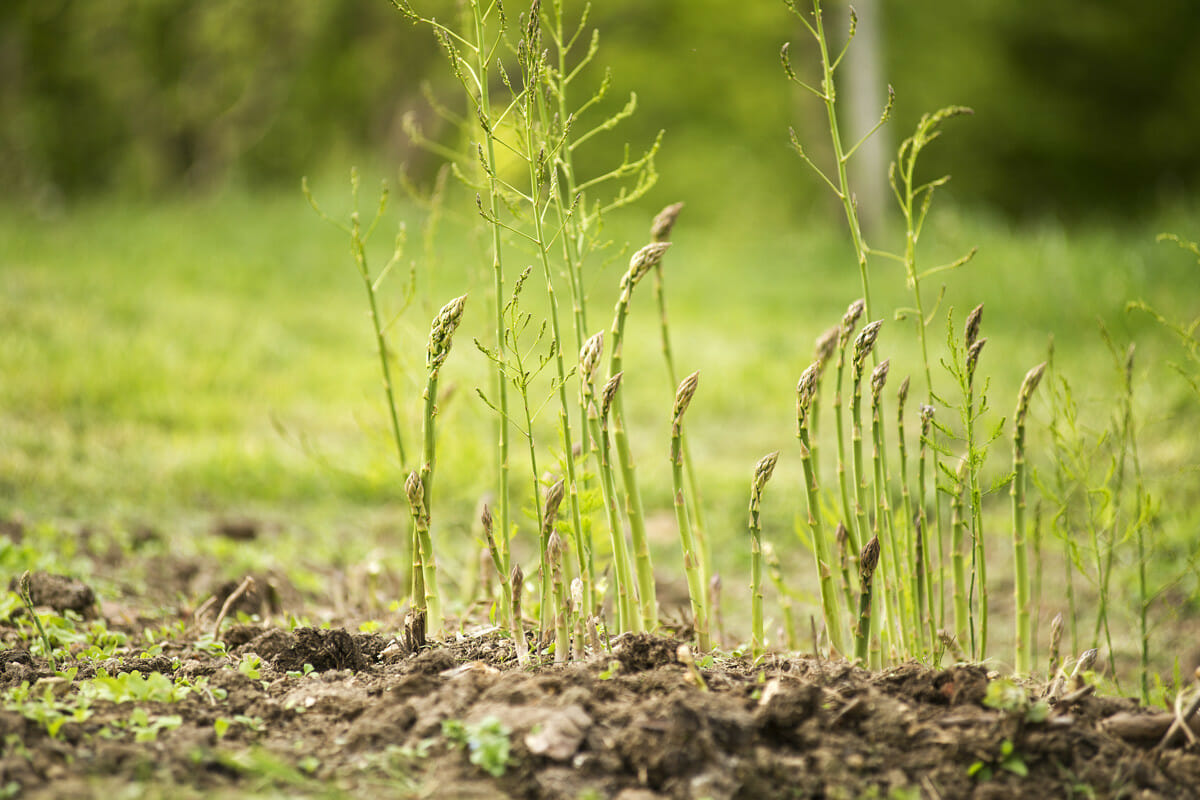

Garden Essentials
When To Harvest Asparagus Seeds
Modified: March 15, 2024
Unsure when to harvest asparagus seeds in your garden? Discover the best time to harvest asparagus seeds and ensure a successful harvest.
(Many of the links in this article redirect to a specific reviewed product. Your purchase of these products through affiliate links helps to generate commission for Storables.com, at no extra cost. Learn more)
Introduction
Welcome to the wonderful world of gardening! If you have been growing asparagus in your garden, you must have already enjoyed the bountiful harvest of delicious spears. But did you know that asparagus plants also produce seeds? Harvesting asparagus seeds can not only be a fun and rewarding experience, but it also allows you to save money by growing your own plants from seeds rather than buying new crowns. In this article, we will explore the fascinating process of harvesting asparagus seeds and the best time to do it.
Before we dive into the details of when to harvest asparagus seeds, let’s take a moment to understand the basics of asparagus plants. Asparagus plants, scientifically known as Asparagus officinalis, are perennial vegetables that can live up to 15 years or more. They have an interesting growth and lifecycle that goes through different stages, from the emergence of spears in the spring to the development of fern-like foliage during the summer.
While most gardeners focus on harvesting the tender asparagus spears for culinary purposes, letting some of the spears grow into mature plants will allow them to produce flowers and, eventually, seeds. Harvesting asparagus seeds not only gives you the opportunity to grow your own asparagus plants, but it also enables you to explore the diverse varieties available and experiment with new flavors in your garden.
So, what are the signs that indicate your asparagus seeds are mature and ready for harvest? Keep reading to find out!
Key Takeaways:
- Harvesting asparagus seeds allows you to grow your own plants, save money, and explore new flavors. Look for mature seed pods, perform the “snap test,” and consider your planting zone for the perfect harvest time.
- To harvest asparagus seeds, gather mature seed pods, extract seeds gently, and store them in a cool, dry place. Understand seed viability, plan your plantings, and enjoy the potential for regeneration and propagation.
Read more: When To Harvest Cucumber Seeds
Understanding Asparagus Plants
Before we dive into the details of harvesting asparagus seeds, it’s important to have a good understanding of the growth and lifecycle of asparagus plants. Asparagus plants are perennial vegetables that require some patience and care, but they reward gardeners with delicious spears and the potential for seed production.
The growth cycle of asparagus plants begins with the emergence of spears in the early spring. These spears are the edible part of the plant and are known for their tender texture and unique flavor. Harvesting these spears is a popular activity for gardeners, as they can be enjoyed fresh or preserved for later use.
Once the asparagus spears are harvested, the plants undergo a transition. Instead of focusing on producing spears, the energy is directed towards developing fern-like foliage. This foliage is crucial for the health and vigor of the plant, as it helps in photosynthesis and strengthens the root system for the following growing season.
Now, let’s talk about the importance of harvesting asparagus seeds. While many gardeners focus solely on the edible spears, allowing some of the plants to produce seeds has its own benefits. Harvesting asparagus seeds not only allows you to expand your asparagus patch and grow more plants, but it also lets you explore different varieties and flavors that may not be available in nurseries or grocery stores.
Furthermore, growing asparagus from seeds gives you a greater degree of control over the plants’ health and growing conditions. By starting from seeds, you can ensure that your plants are free from any potential diseases or pests that might have been present in store-bought crowns. Additionally, you can select seeds from plants that have exhibited desirable traits, such as better yields, disease resistance, or unique flavors.
Harvesting asparagus seeds also allows for greater sustainability in your garden. Instead of relying on commercial suppliers, you can become self-reliant and produce your own seeds for future plantings. This not only saves money in the long run but also reduces the environmental impact associated with the production and transportation of seeds.
Now that you understand the growth and importance of asparagus seeds, let’s explore the signs that indicate when it’s the perfect time to harvest them.
Signs of Seed Maturity in Asparagus Plants
Harvesting asparagus seeds at the right time is crucial for successful germination and future plant growth. To determine the optimal harvest time, it’s important to look for specific signs of seed maturity in your asparagus plants. These signs include the appearance of seed pods, the color and texture of the seed pods, and the drying and splitting of the seed pods.
One of the first signs of seed maturity in asparagus plants is the appearance of seed pods. As the plants transition from producing spears to developing foliage, small flowers will emerge, which eventually turn into seed pods. These pods resemble small berries and can vary in size and shape depending on the asparagus variety.
The color and texture of the seed pods also serve as indicators of seed maturity. When the seed pods are still immature, they usually have a green color and feel firm to the touch. As the seeds inside the pod start to mature, the color of the pod may transition to a brown or tan shade. The texture of the pod will also change, becoming drier and slightly papery. These changes in color and texture suggest that the seeds are nearing maturity.
Another sign to look out for is the drying and splitting of the seed pods. As the seeds mature, the pods will gradually dry out. This drying process causes the pods to turn a darker shade and eventually split open, revealing the dark brown or black seeds inside. It’s important to note that if you wait too long to harvest the seeds, the pods may split and disperse the seeds naturally, making it harder to collect them.
By paying close attention to the appearance, color, and texture of the seed pods, as well as the drying and splitting, you can determine the right time to harvest asparagus seeds. However, it’s also helpful to use additional techniques to ensure that you harvest the seeds at their peak maturity. Keep reading to discover these techniques!
Determining the Right Time to Harvest Asparagus Seeds
Now that you are aware of the signs of seed maturity in asparagus plants, let’s delve into the techniques for determining the perfect time to harvest those precious seeds. By observing the changes in seed pods, performing the “snap test,” and considering your planting zone, you can ensure optimal seed harvest.
One of the simplest and most reliable methods for determining seed maturity is by observing the changes in the seed pods themselves. As the pods mature, they undergo visual transformations such as a change in color, texture, and size. Keep a close eye on the pods, and once they start to exhibit the signs mentioned earlier – a darker color, dry and papery texture, and the beginning of splitting – it’s a good indication that the seeds are ripe and ready to be harvested.
Another technique is known as the “snap test.” To perform this test, gently bend a few seed pods between your fingers. If they snap easily and cleanly, it is a sign that the seeds are mature and can be harvested. If the pods are still pliable or do not snap at all, it’s an indication that the seeds are not yet fully developed, and it’s best to give them more time before harvesting.
Additionally, the timing for harvesting asparagus seeds can vary depending on your planting zone. Asparagus plants have specific growth requirements and go through different stages at different times, based on the climate and location. It’s important to be aware of your planting zone and the typical growing season for asparagus in your area. This information will give you a general idea of when the seed pods are likely to mature, allowing you to plan your harvest accordingly.
Consulting local resources or experienced gardeners in your area can provide valuable insights into the ideal timing for seed harvest. They can offer guidance specific to your region and help you understand the unique factors that may influence the maturity of asparagus seeds.
By combining these techniques – observing changes in seed pods, performing the “snap test,” and considering your planting zone – you will be able to determine the perfect time to harvest asparagus seeds. Once you have successfully harvested the seeds, it’s time to learn how to extract and prepare them for storage. Keep reading to discover the techniques for harvesting asparagus seeds!
Harvest asparagus seeds when the berries turn red and begin to soften. Collect the berries and allow them to dry before removing the seeds for planting.
Techniques for Harvesting Asparagus Seeds
Harvesting asparagus seeds is an exciting process that allows you to collect and save seeds for future plantings. To ensure a successful harvest, it’s important to follow proper techniques for gathering the seed pods, extracting the seeds from the pods, and cleaning and preparing the seeds for storage.
The first step in harvesting asparagus seeds is to gather the seed pods. Once the seed pods have reached maturity and have started to dry and split, carefully cut the entire stalk that contains the pods. Be cautious to avoid damaging the pods during this process. Place the stalks in a clean container or bag to carry them to your harvesting area. It’s recommended to label and separate different varieties of asparagus if you are growing multiple types.
Next, it’s time to extract the seeds from the pods. Take each seed pod and gently squeeze it to release the seeds. You can also use your fingers or a small tool, such as tweezers, to pry open the pods and collect the seeds. Be patient and gentle to avoid damaging the seeds. Asparagus seeds are generally small and round, ranging in color from dark brown to black.
After extracting the seeds from the pods, it’s essential to clean and prepare them for storage. Start by removing any plant debris or leftover pod fragments from the seeds. You can do this by blowing on the seeds or using a fine mesh sieve to sift out the impurities. Take care not to discard any viable seeds during this process.
Once the seeds are clean, ensure they are fully dried before storage to prevent mold or rot. Spread them out in a single layer on a clean, dry surface, such as a paper towel or a plate, and allow them to air dry for a few days. Avoid exposing the seeds to direct sunlight or excessive heat, as this can affect their viability.
After the seeds are completely dry, transfer them to airtight containers such as small envelopes, glass jars, or seed storage bags. Label each container with the date of harvest and the variety of asparagus seeds. Store the containers in a cool, dry, and dark place, such as a refrigerator or a seed storage box, to maintain seed viability for a longer period.
By following these techniques for gathering seed pods, extracting seeds, and cleaning and preparing them for storage, you can ensure that your harvested asparagus seeds are in optimal condition for future plantings. Now that you have successfully harvested and stored your seeds, let’s explore how to store and preserve asparagus seeds for long-term viability.
Read more: When To Harvest Parsley Seeds
Storing and Preserving Asparagus Seeds
Once you have harvested and prepared your asparagus seeds, it’s important to store them properly to maintain their viability for future use. By providing the right storage conditions, understanding the length of seed viability, and considering the potential for regeneration and propagation, you can effectively preserve your asparagus seeds.
Proper storage conditions play a crucial role in maintaining the quality of asparagus seeds. It’s recommended to store the seeds in a cool, dry, and dark place. A temperature range of 32°F to 41°F (0°C to 5°C) is ideal for long-term seed storage. Excess moisture and humidity can lead to seed deterioration, so it’s important to avoid storing seeds in areas with high humidity, such as basements or bathrooms. Additionally, protecting the seeds from light exposure helps prevent premature aging and loss of viability.
The length of seed viability, or the amount of time the seeds remain viable for germination, varies for different plant species. Asparagus seeds have a moderate to long viability, usually ranging from 2 to 4 years. However, it’s important to note that the freshness and quality of the harvested seeds can influence their viability. Proper harvesting techniques, thorough drying, and careful storage can help prolong the viability of asparagus seeds. Testing the germination rate of stored seeds over time can give you an indication of their viability before planting.
On the bright side, asparagus seeds have the potential for regeneration and propagation. By planting healthy and viable seeds, you can grow new asparagus plants and continue the cycle of seed production. Asparagus plants grown from seeds have the advantage of developing a stronger root system compared to those grown from crowns. They also allow for the possibility of discovering new traits, flavors, or disease resistance in your asparagus patch.
If you plan to regenerate or propagate your asparagus plants using seeds, it’s recommended to sow the seeds in a separate area or nursery bed to allow for proper spacing and growth. Transplant the seedlings to their permanent location once they have developed a strong root system and are well-established. This method ensures that your main asparagus bed remains unaffected while you continue to harvest and save seeds from mature plants.
In summary, storing and preserving asparagus seeds involves providing the proper storage conditions, understanding the length of seed viability, and considering the potential for regeneration and propagation. By following these guidelines, you can ensure that your asparagus seeds remain viable and ready for future plantings. Happy gardening!
Conclusion
Harvesting asparagus seeds is a rewarding endeavor that adds a new dimension to your gardening experience. By understanding the growth and lifecycle of asparagus plants, recognizing the signs of seed maturity, and employing the techniques for harvesting and preserving seeds, you can enjoy the benefits of a bountiful asparagus harvest and the satisfaction of growing your own plants from seeds.
Throughout the process, it’s important to observe the changes in seed pods, perform the “snap test,” and consider your planting zone to determine the right time to harvest asparagus seeds. By paying attention to these factors, you can ensure that the seeds are at their peak maturity and have the best chance of successful germination.
When it comes to harvesting the seeds, gather the seed pods carefully, extract the seeds gently, and clean and prepare them for storage. Following these techniques will help maintain the viability of the seeds and ensure they are kept in optimal conditions for future plantings.
Store your asparagus seeds in a cool, dry, and dark place to prolong their viability. By understanding the length of seed viability for asparagus, you can plan your plantings accordingly and conduct periodic germination tests to assess the viability of stored seeds.
Lastly, keep in mind that asparagus seeds hold the potential for regeneration and propagation. By growing new plants from the seeds you’ve harvested, you can continue to expand your asparagus patch and explore different varieties and flavors. Additionally, starting from seeds allows for a stronger root system and the possibility of discovering unique traits in your asparagus plants.
In conclusion, harvesting asparagus seeds is a valuable and enjoyable process that offers numerous benefits for gardeners. It allows you to save money, be self-reliant, and have control over the quality and sustainability of your asparagus plants. So, roll up your sleeves, get out into the garden, and embark on the exciting journey of harvesting asparagus seeds!
Frequently Asked Questions about When To Harvest Asparagus Seeds
Was this page helpful?
At Storables.com, we guarantee accurate and reliable information. Our content, validated by Expert Board Contributors, is crafted following stringent Editorial Policies. We're committed to providing you with well-researched, expert-backed insights for all your informational needs.
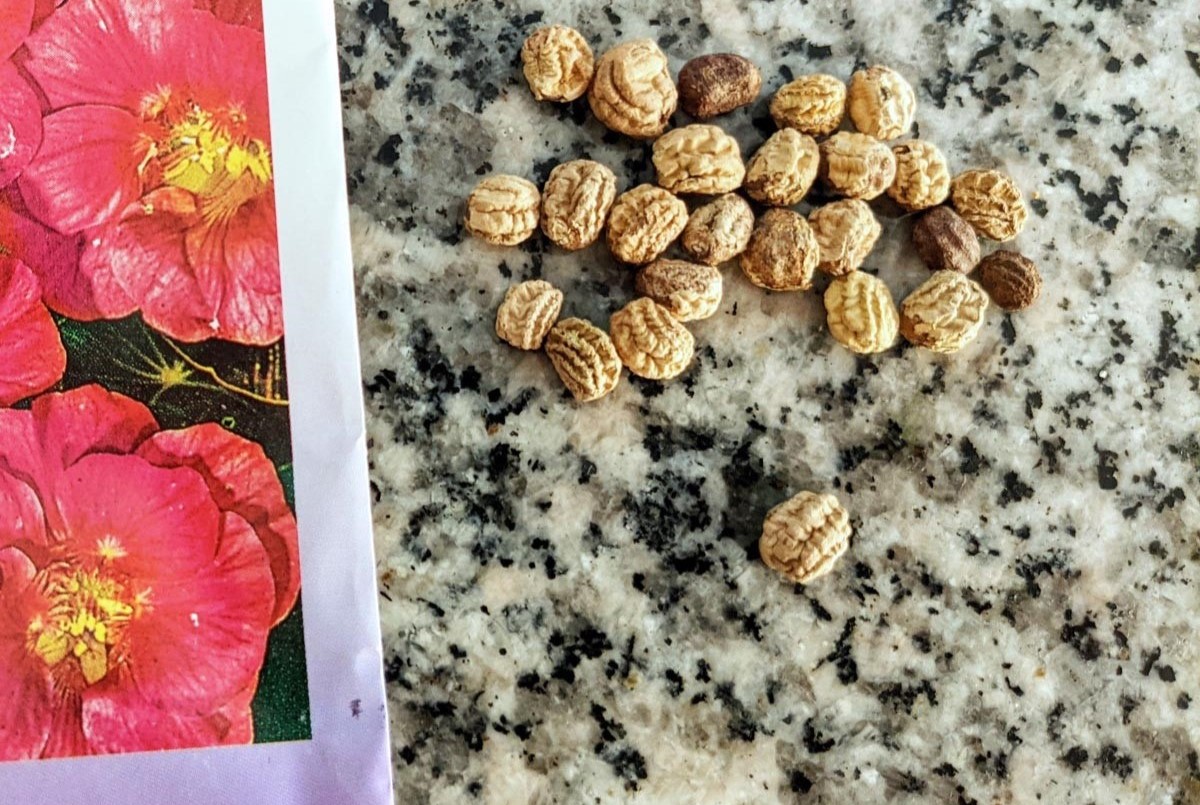
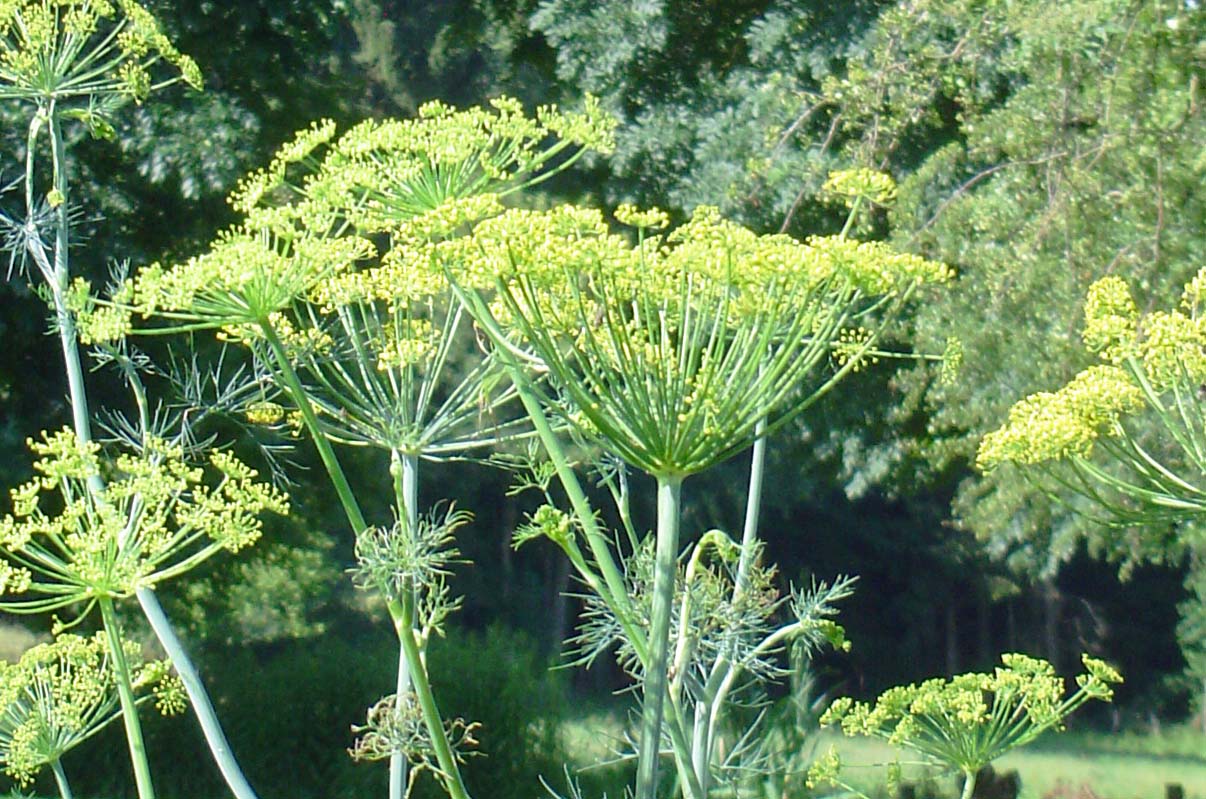
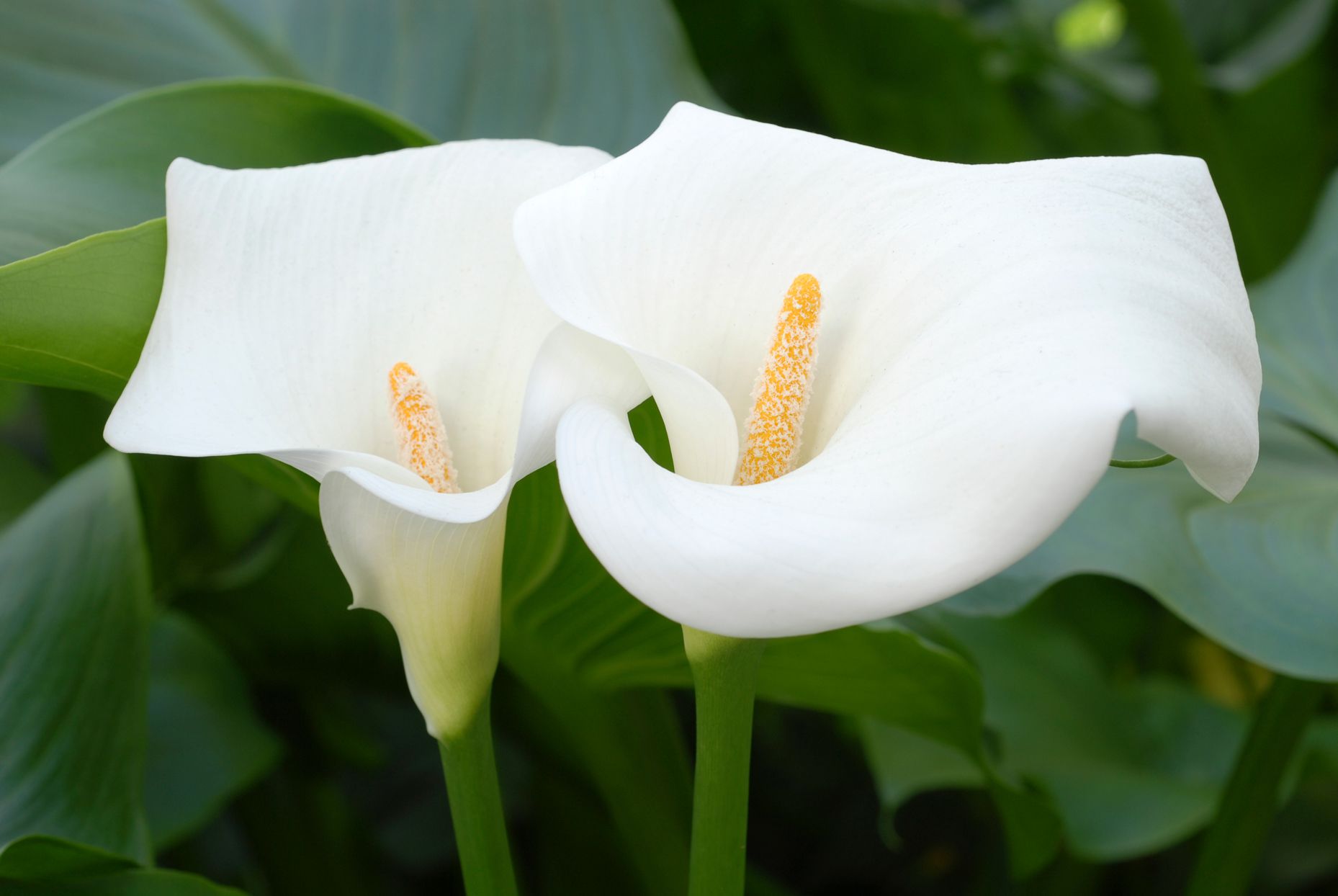
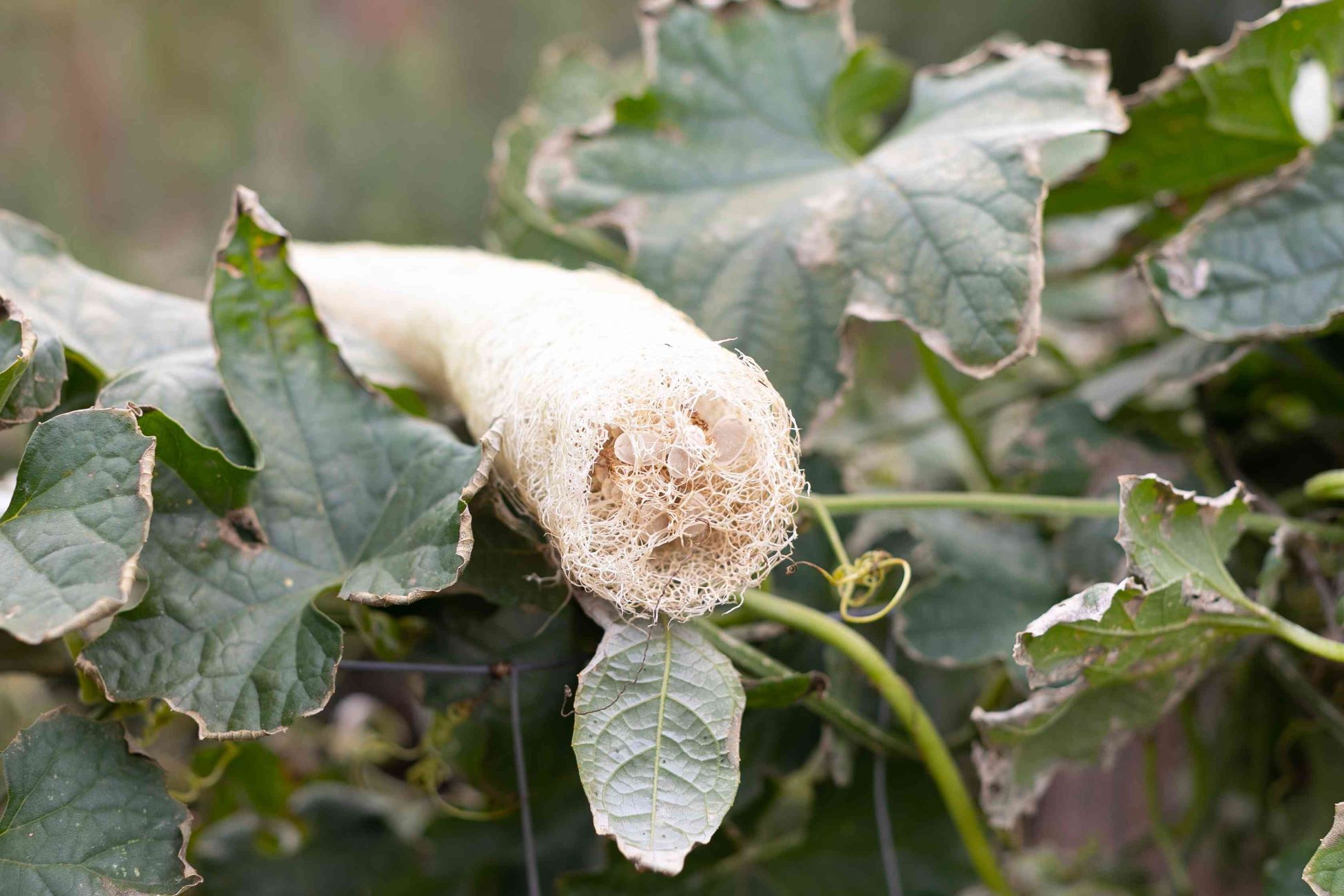
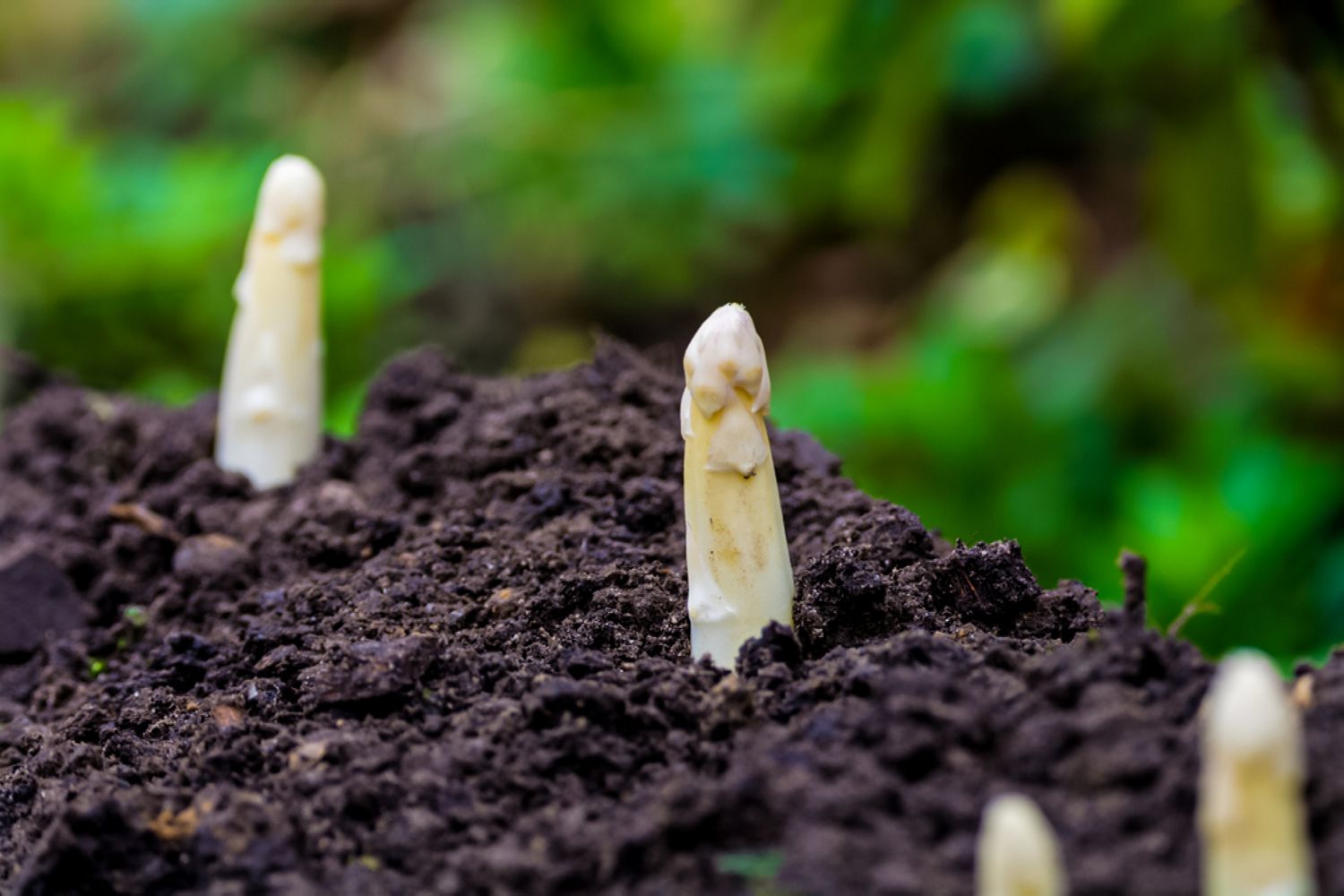
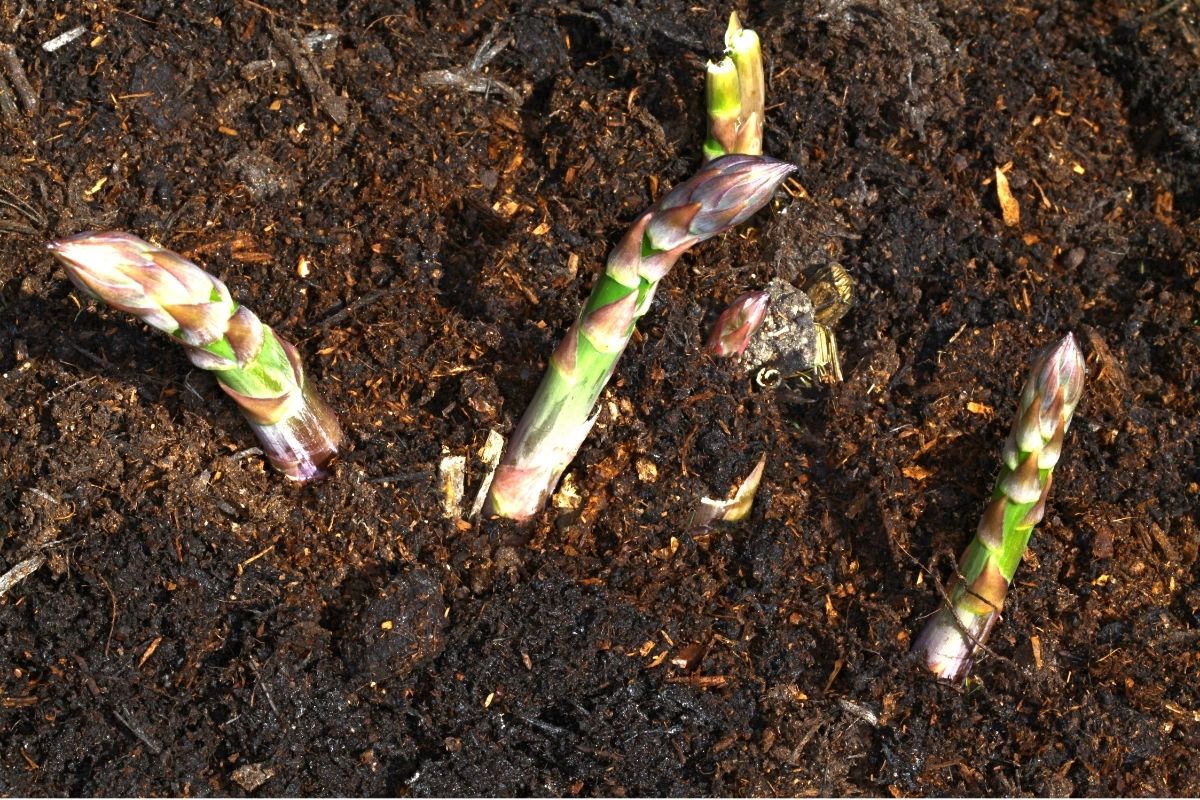
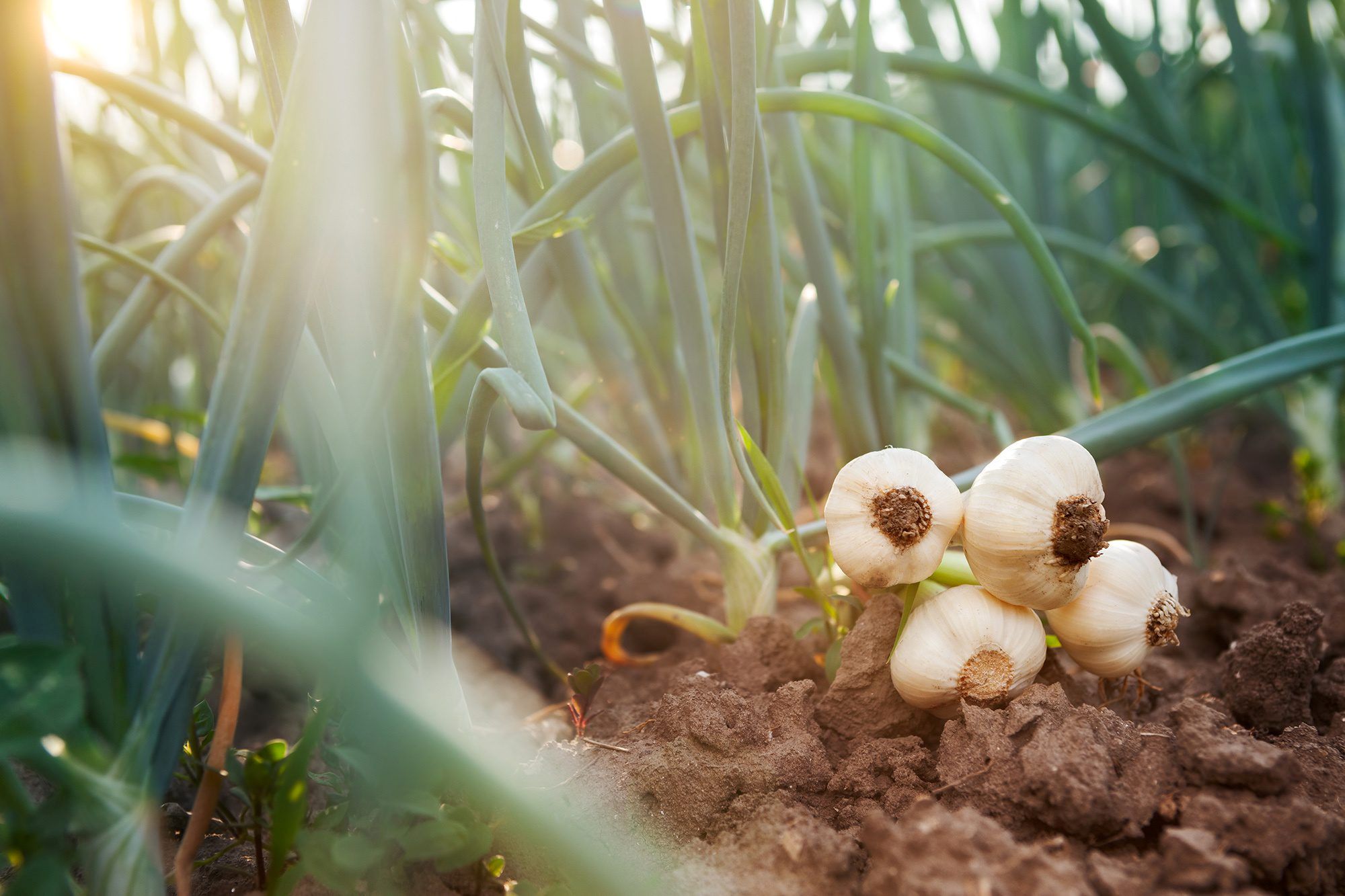
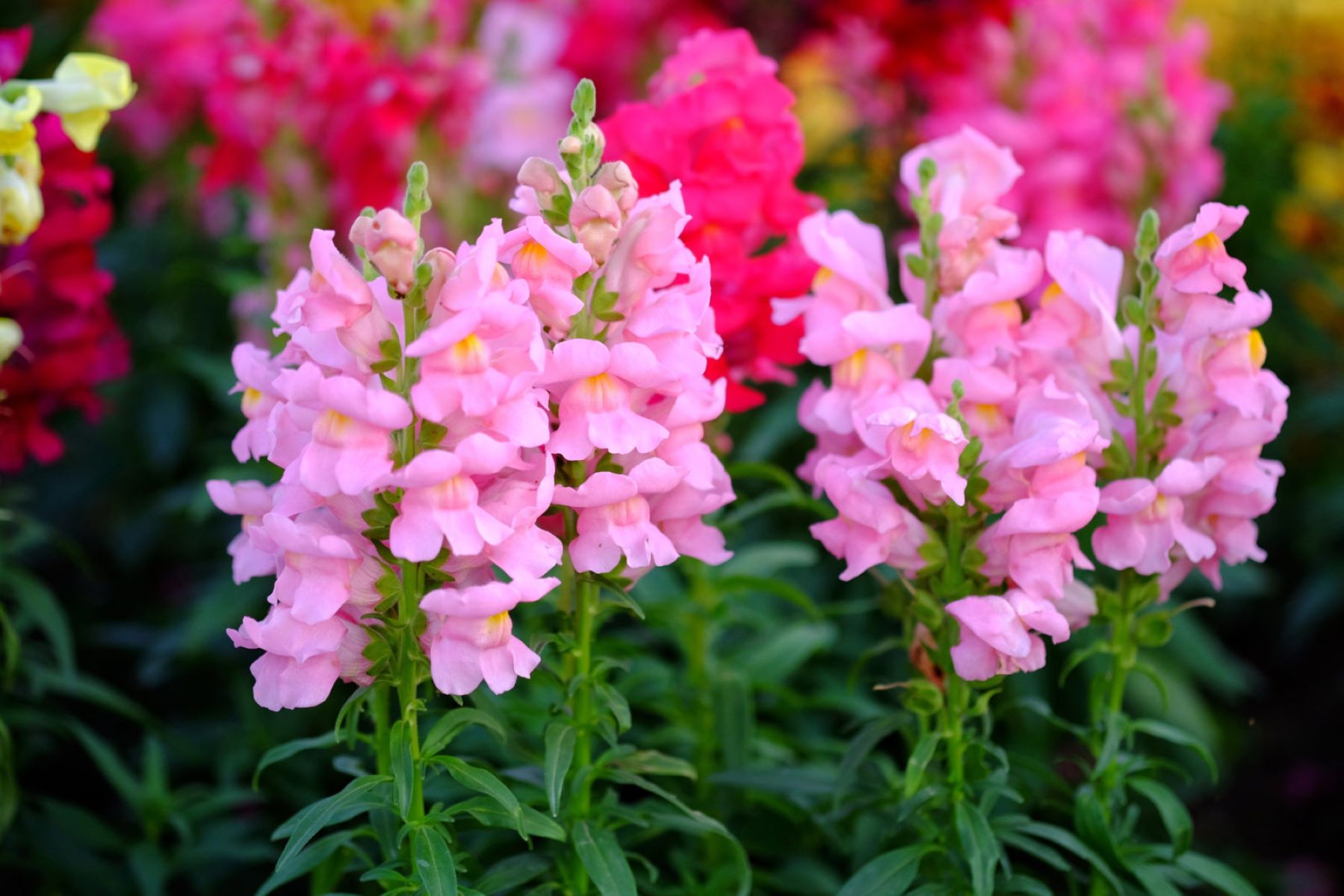
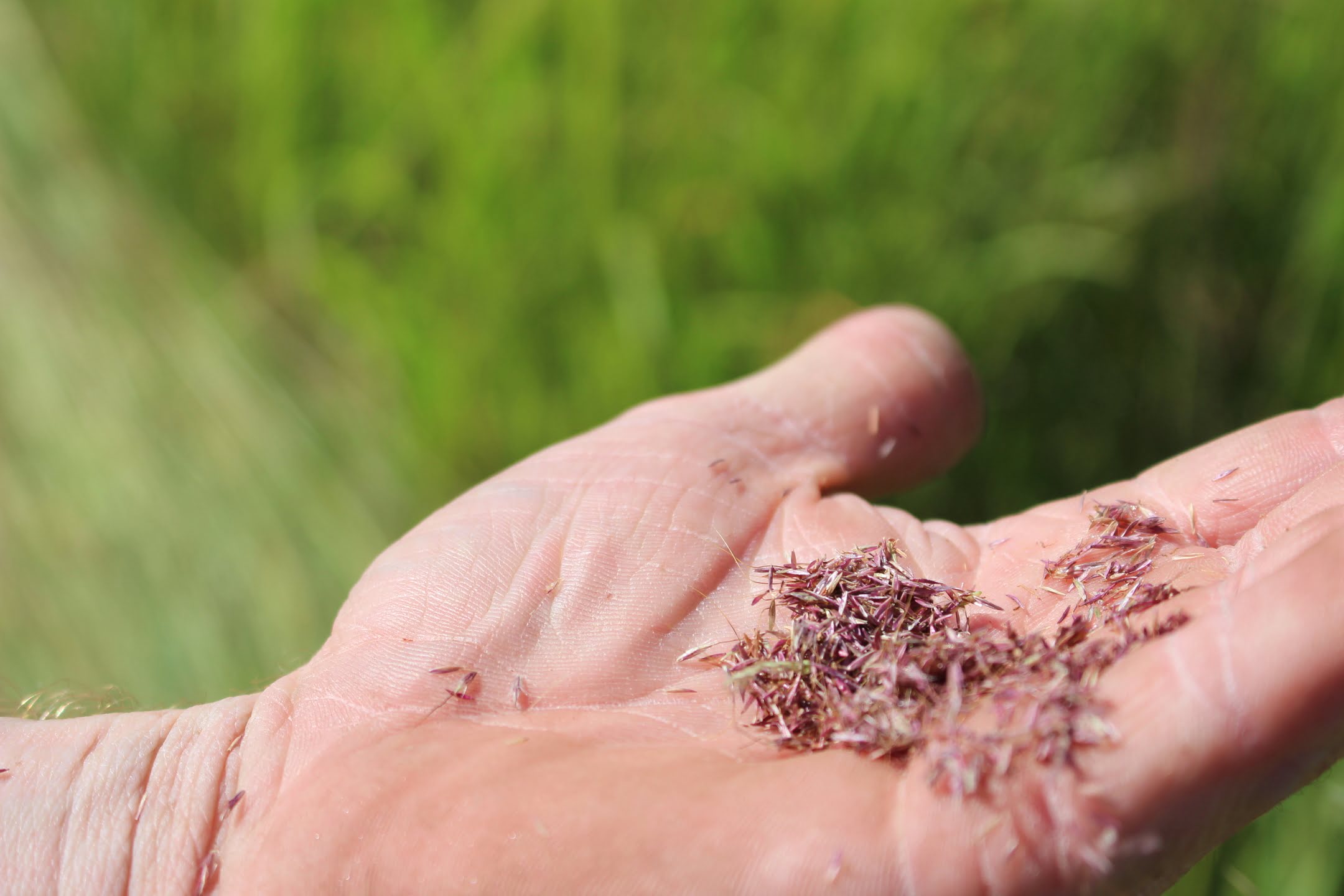
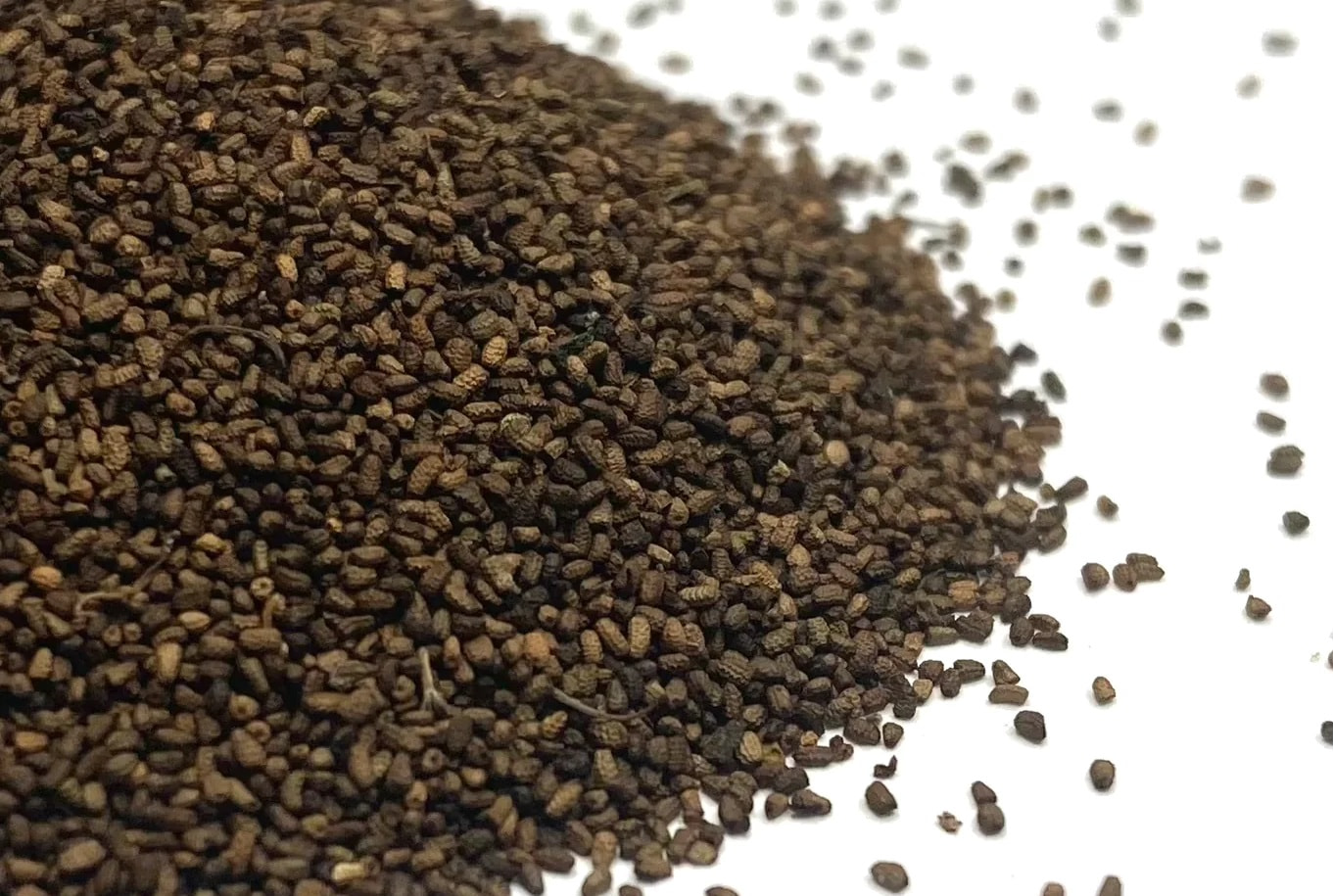
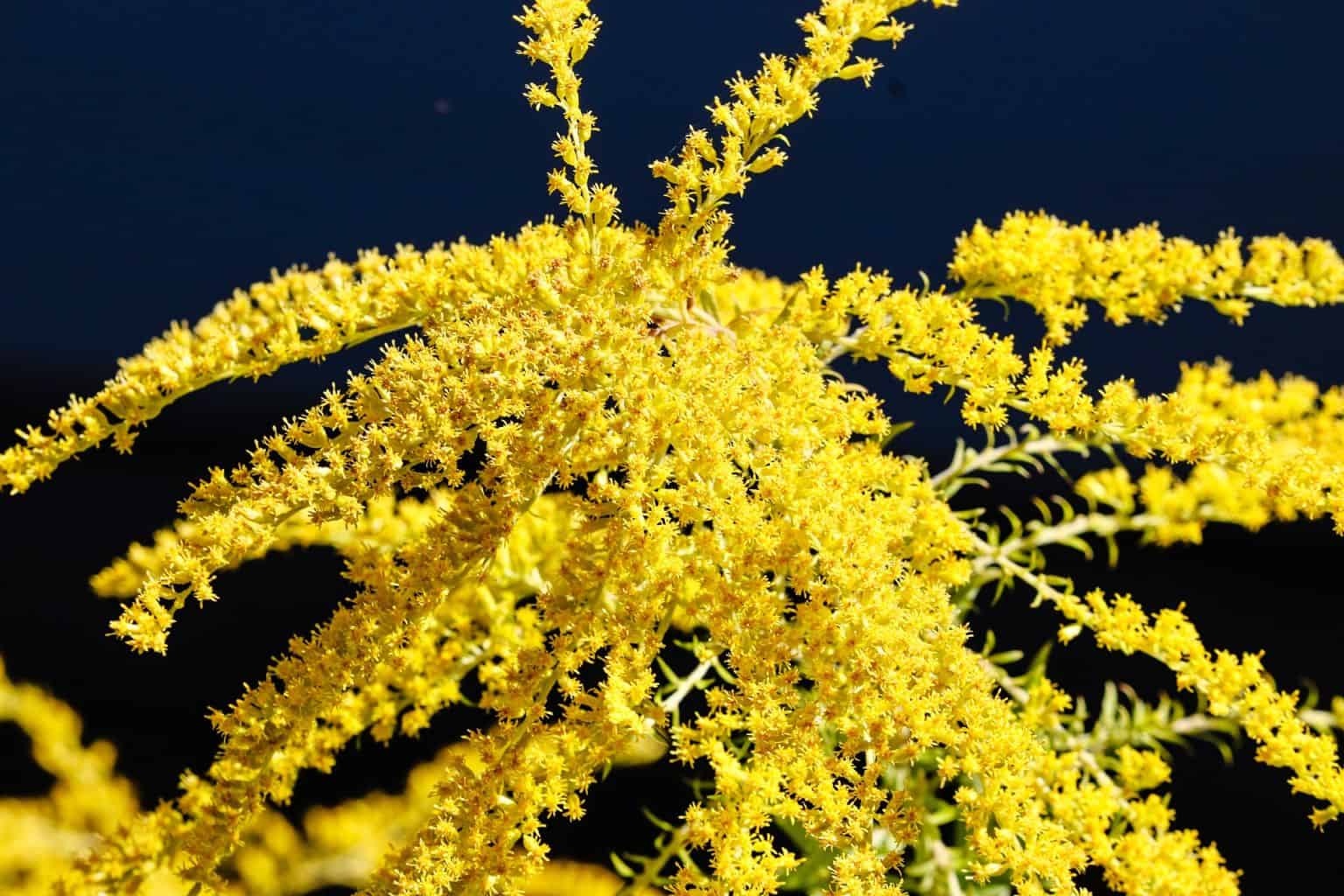
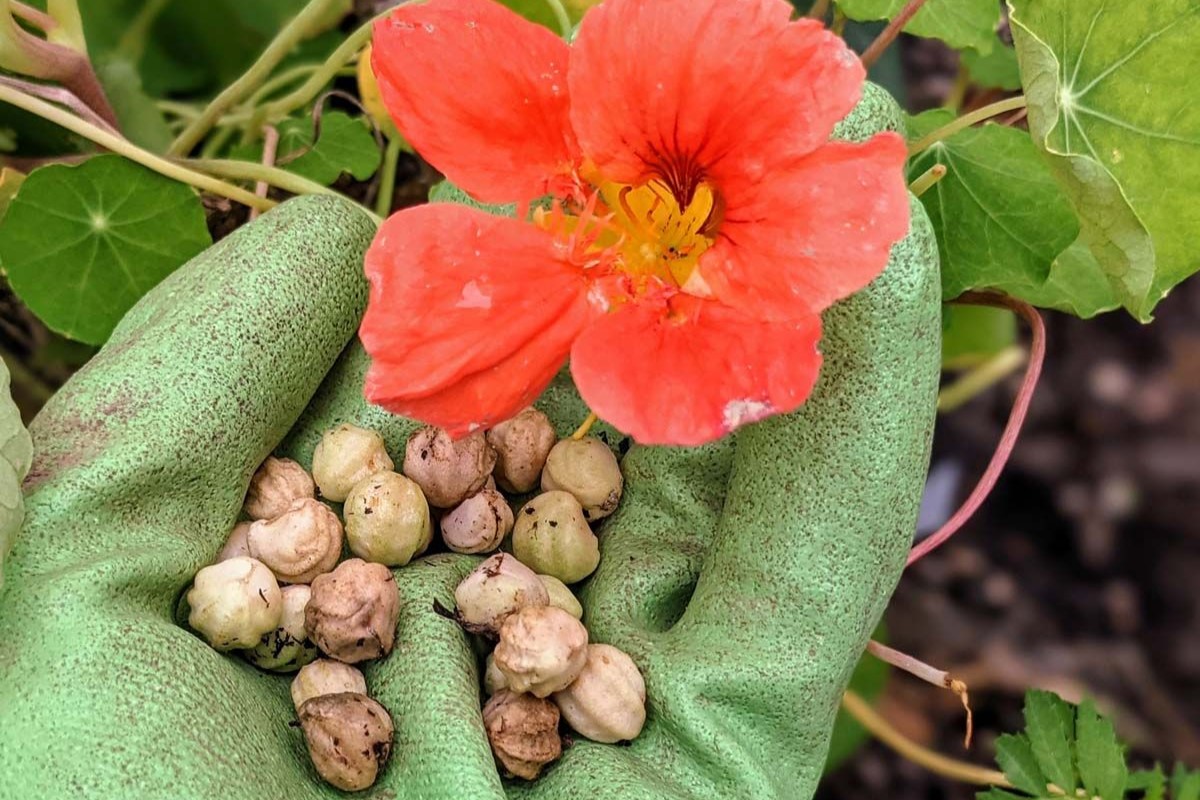
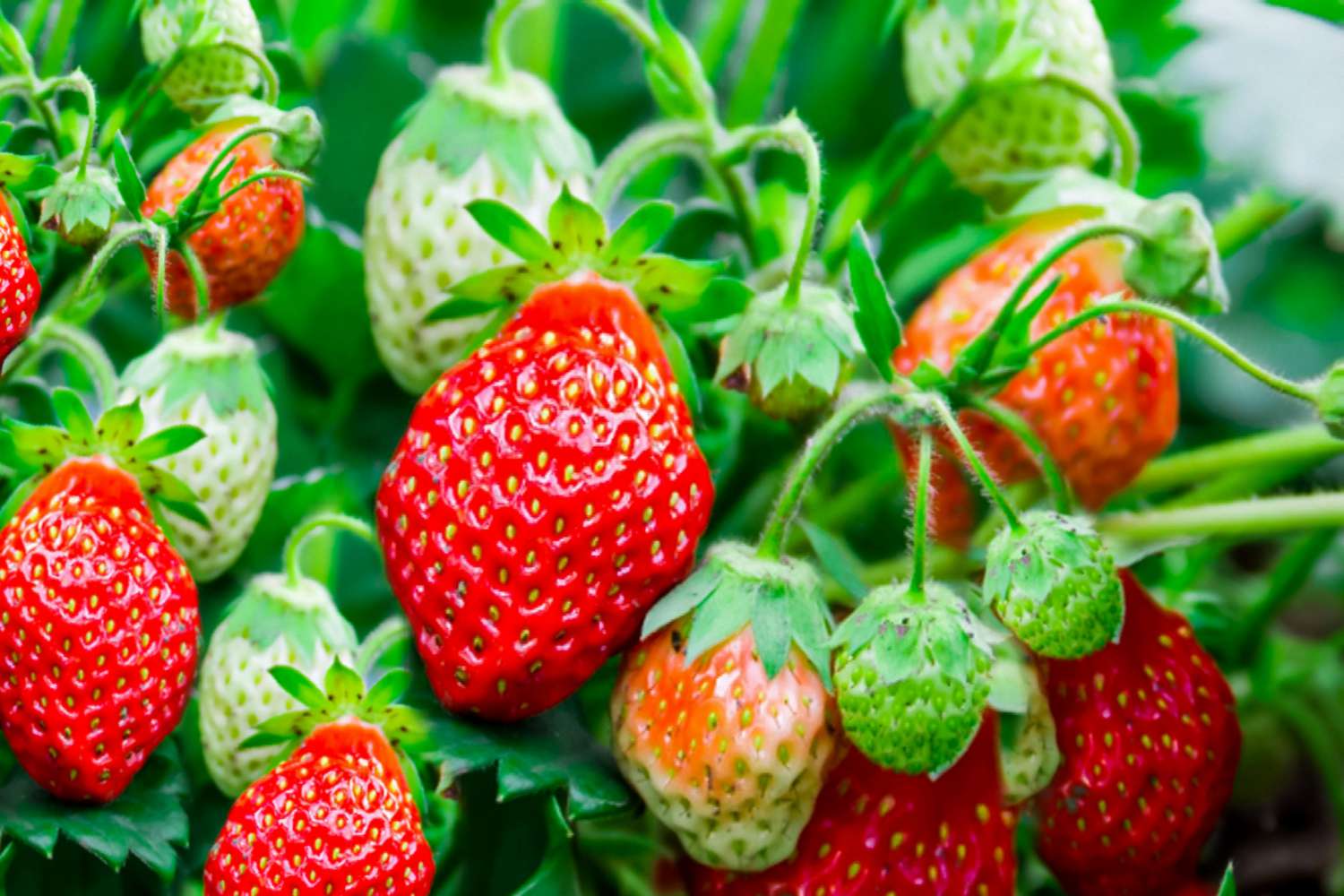
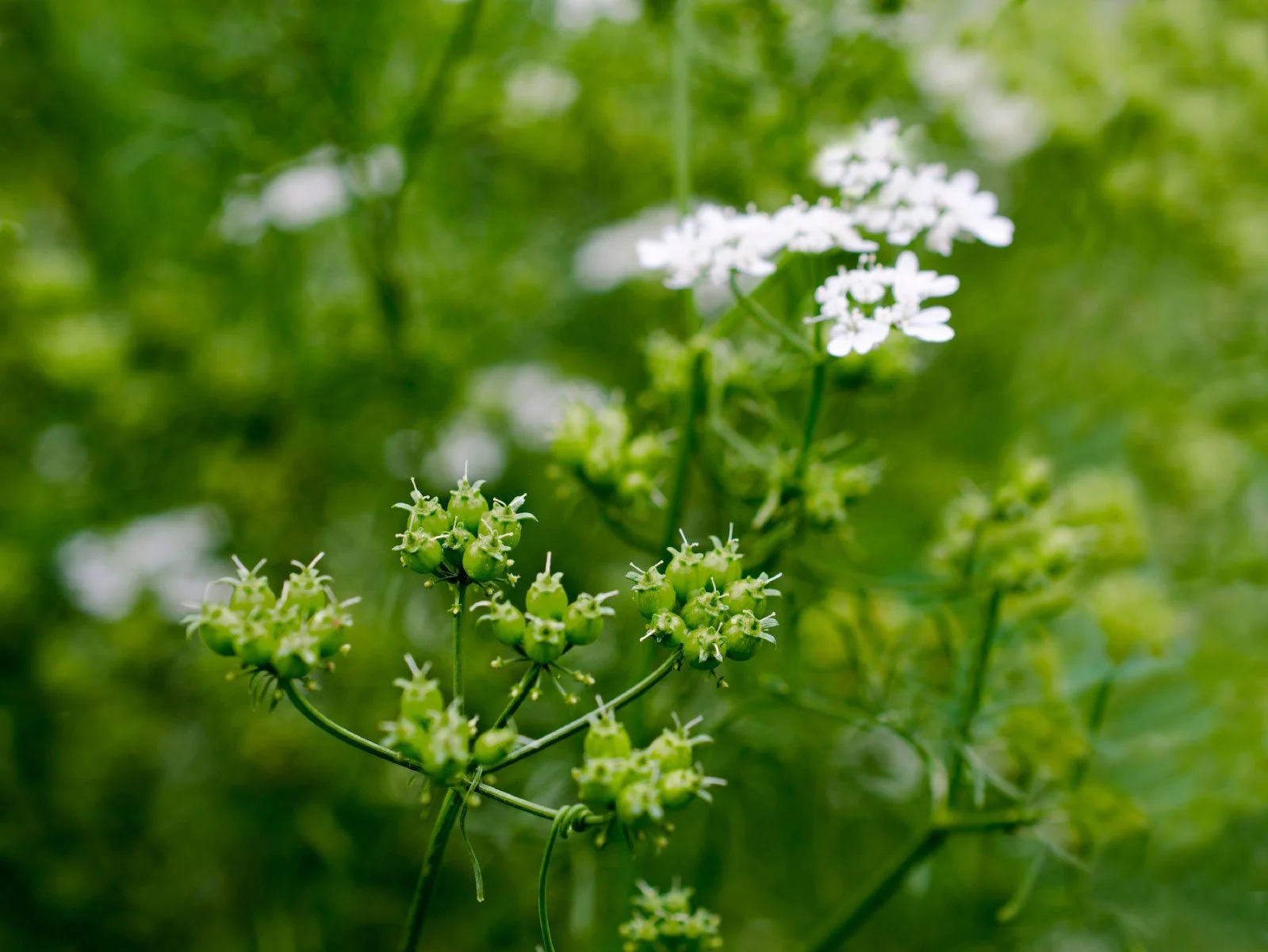

0 thoughts on “When To Harvest Asparagus Seeds”